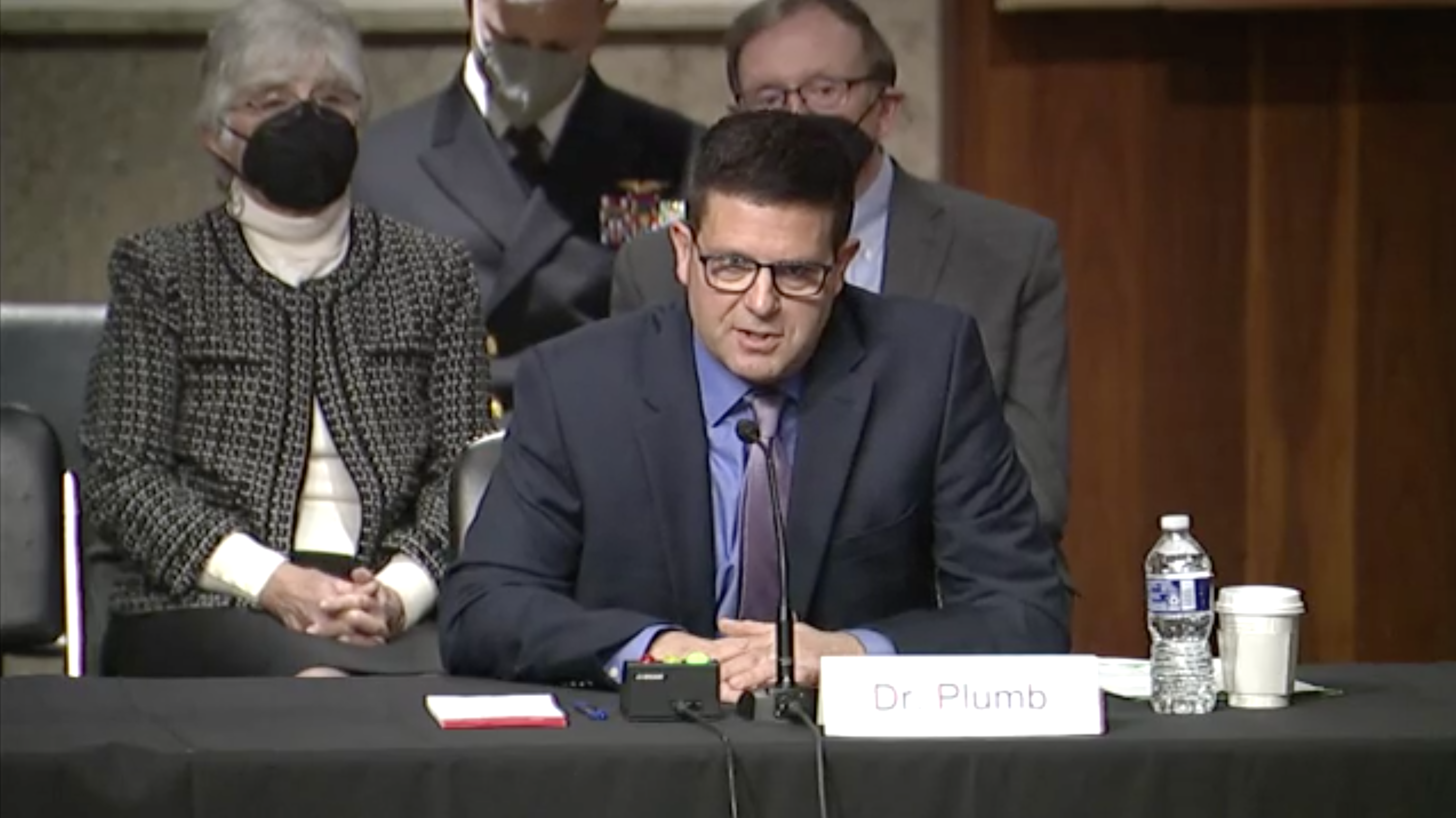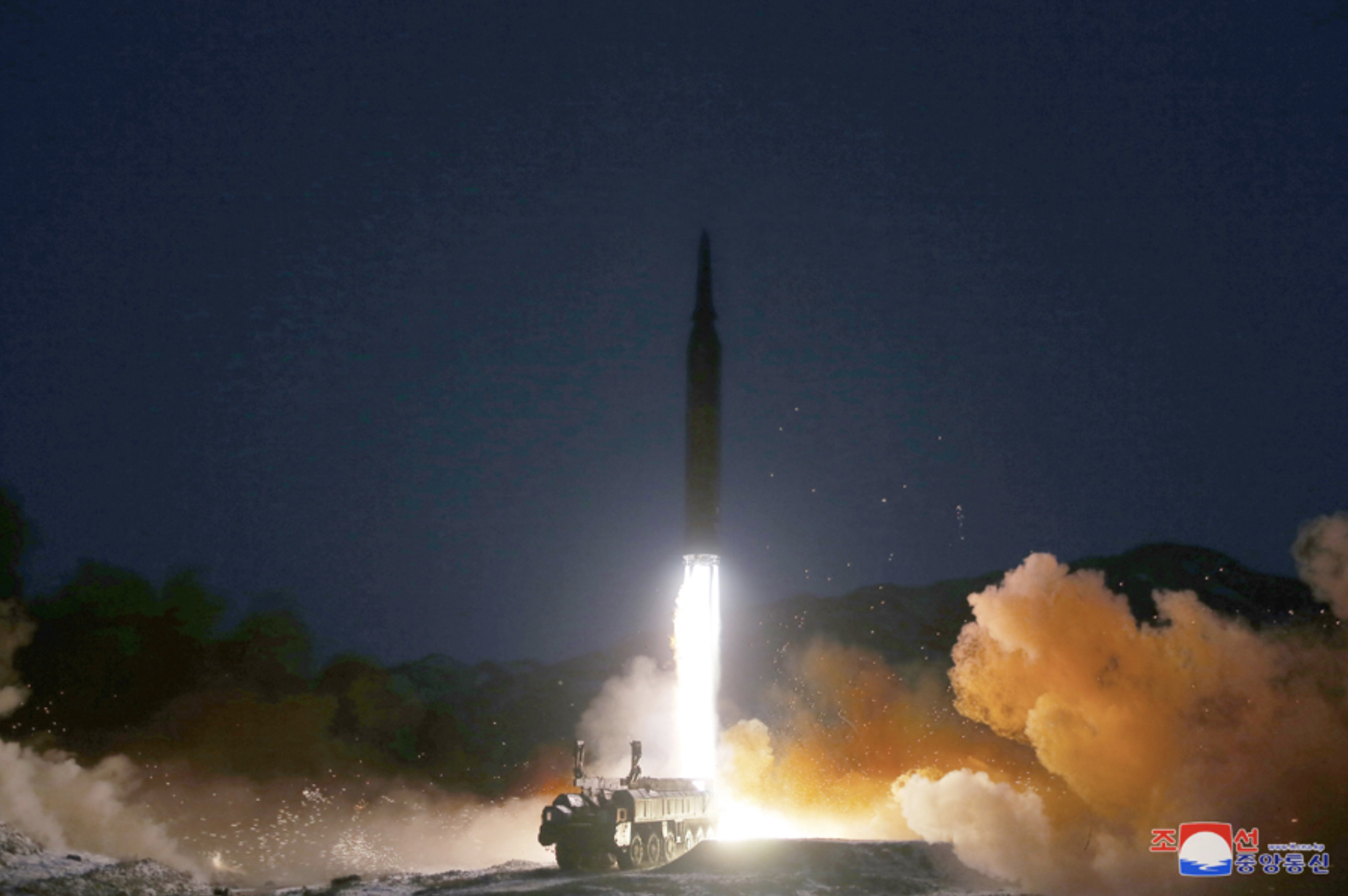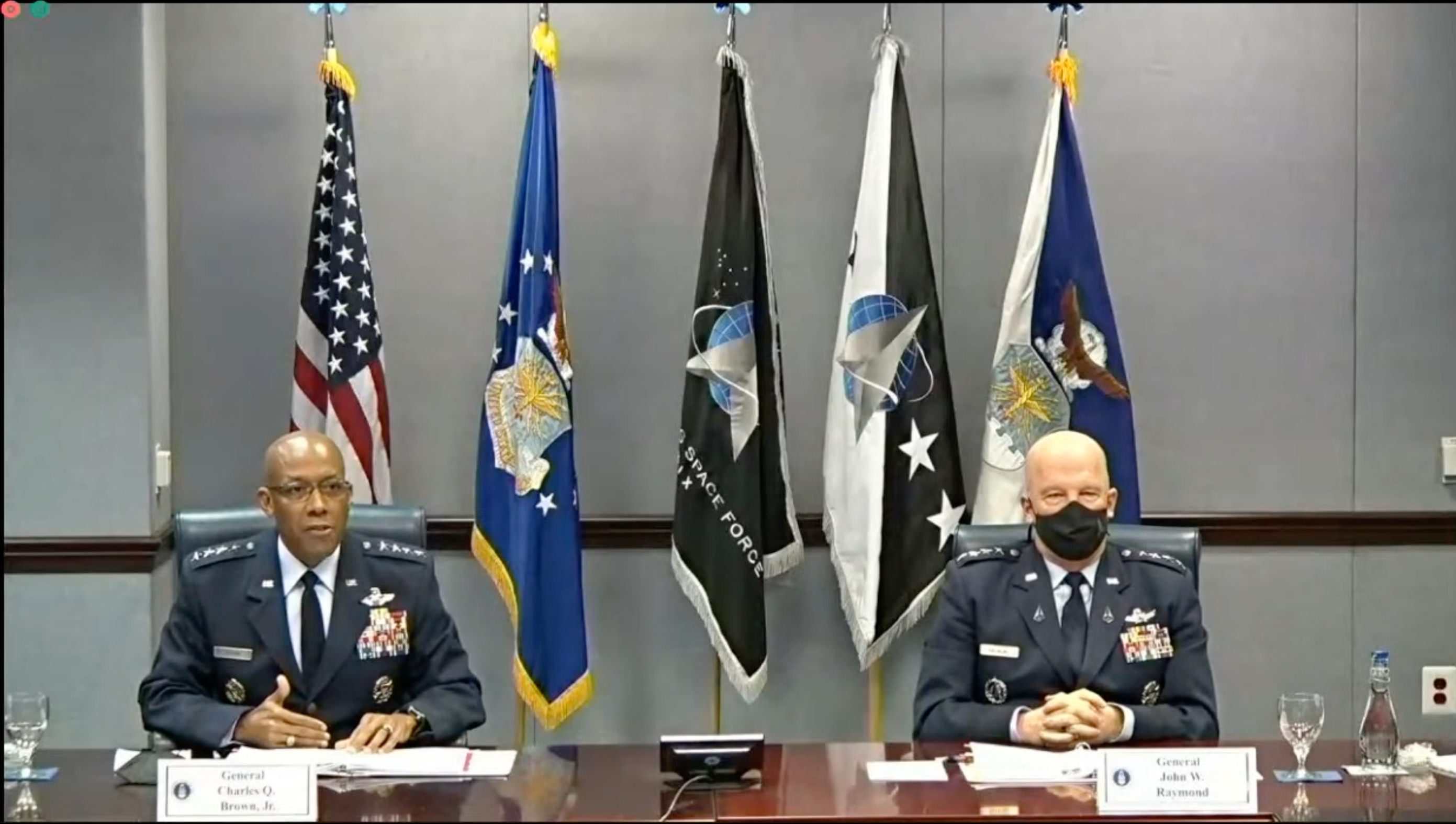Maturing nuclear thermal propulsion to maneuver satellites out of the way of attacks could also keep the U.S. apace with Chinese and Russian advancements, according to a new paper.
In the policy paper “Maneuver Warfare in Space: The Strategic Mandate for Nuclear Propulsion,” the Mitchell Institute for Aerospace Studies argues that new nuclear engines are at least as safe as today’s chemical propulsion while more faster and more fuel efficient.
“In either case, the impact on our national security from not operationalizing this technology is far greater than the safety and environmental concerns that have been solved thanks to decades of research and testing,” writes author Christopher Stone, senior fellow for space studies in the institute’s Spacepower Advantage Center of Excellence.
Stone, in a briefing with reporters Jan. 13, pegged safety fears inspired by Chernobyl-like disasters as the likeliest barrier to speeding up the development of space nuclear propulsion. But the nuclear thermal systems in question—unlike their chemical counterparts—don’t even involve combustion but instead heat up hydrogen gas.
On the other hand, the technology could unlock the ability for the military to move satellites rapidly between Earth orbits or out to cislunar space and back versus staying limited to predetermined orbits and station-keeping-type maneuvers for slight corrections. Considering how little fuel satellites have onboard, defensive maneuvering could amount to “bleeding out propellant,” Stone said.
With longer, more fuel-efficient run times than chemical engines and lower mass, nuclear thermal-powered vehicles “can achieve higher velocities, hence shorter flight times,” Stone writes.
Underlying much of the military’s space planning—its new point of view of space as a “warfighting domain”—is the fact that its existing satellites probably couldn’t withstand or avoid an attack such as by a direct-ascent anti-satellite weapon to knock it to pieces or an in-space laser to confound its optics. Russia tested an anti-satellite weapon by destroying a defunct Soviet satellite in November 2021.
Stone said the people who designed today’s satellites weren’t thinking defensively.
“The situation is now radically different,” he writes. “China has already shifted to a strategy of maneuver warfare in space that leverages space-based and ground-based weapons systems”—and by 2040, they expect that architecture to include satellites with nuclear thermal propulsion.
“Do we want to be behind the power curve?” Stone said.
The paper says the U.S. should:
- “Rapidly adopt a new space force design capable of decisive maneuver warfare in space.”
- Develop and field nuclear thermal propulsion in partnership with NASA and the Department of Energy.
- Advance the Defense Advanced Research Projects Agency’s DRACO program—Demonstration Rocket for Agile Cislunar Operations—from science and technology development to a program of record. DRACO’s low enriched uranium requires less oversight to launch (the President doesn’t have to sign off) than high enriched uranium.
- “Deploy ground-based and space-based kinetic ASAT weapons systems capable of holding Chinese and Russian targets at risk. … DOD could achieve this objective by repurposing existing initiatives, including its standard missile and ground based mid-course missile defense interceptor programs.”
- “Hedge against risk by deploying the [Mission Extension Vehicle] to provide GPS and other vital satellite constellations the ability to conduct limited defensive maneuvers while preserving their onboard chemical propellant.”
The paper says the Space Force, in particular, should “educate the public and Congress on the growing threat to U.S. space systems and the need to create a more robust force design that will enhance deterrence.”









